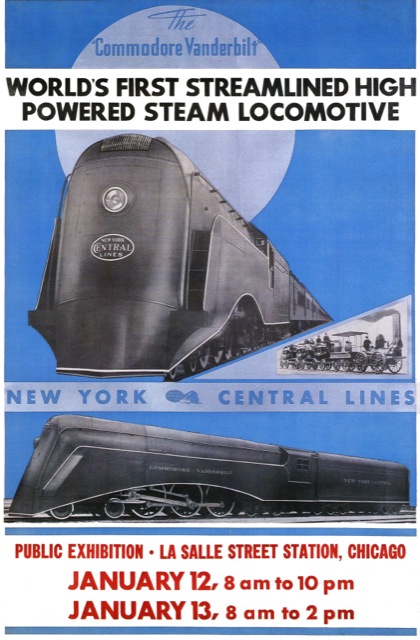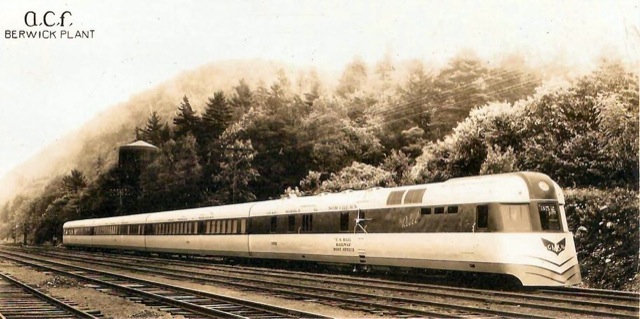The Great Northern produced this brightly colored four-page brochure to advertise its new Empire Builder and no doubt handed out thousands of copies to people visiting the train when it was on display in cities throughout the Northwest. Unlike some railroads, which substituted post-war streamlined cars for heavyweights as they arrived, the Great Northern waited until it had all five entire trainsets in hand before it replaced the heavyweight Empire Builder with the streamlined version. (The exceptions were the locomotives, which were used to haul passenger trains when they arrived two years before rest of the train.)

The inside pages of this brochure have drawings of some of the features of the new train: reclining seat coaches, colorful lounges, and Diesel power. Some of these drawings will appear in four-color versions of later brochures as well, which raises a question: Since the GN had to use three colors to print this brochure (green, orange, and black), why didn’t it spring for a fourth color so it could have a full range of colors? Perhaps four-color printing in 1947 was a lot more expensive, relative to three-color printing, than it is today.









